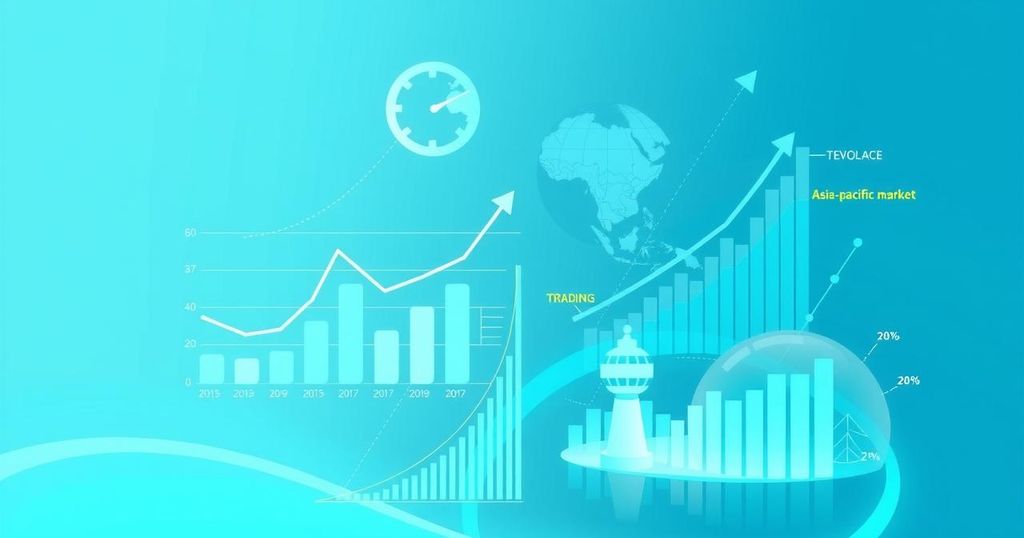Argentina’s Central Bank Accelerates Dollar Sales Amid Economic Uncertainty
The Central Bank of Argentina is rapidly selling dollars to prop up the peso in light of uncertainty surrounding a new IMF deal. Despite President Javier Milei’s austerity measures initially boosting investor confidence, challenges persist regarding foreign currency reserves, inflation control, and exchange rate disparities. The situation is intensified by the recent decrease in both the official and black market rates.
The Central Bank of Argentina is expediting dollar sales to stabilize the peso amid escalating global uncertainties, particularly regarding an upcoming agreement with the International Monetary Fund (IMF). The institution has sold over $500 million in recent interventions, ending a six-week period of net dollar acquisitions as it works to rectify a significant deficit in foreign currency reserves.
President Javier Milei’s rigorous austerity measures, termed “zero deficit,” have initially garnered investor confidence since his administration began in late 2023. However, rebuilding reserves has proven slow, with Milei pursuing a new IMF program to address the fiscal challenges resulting from prolonged government overspending and deficits. Nevertheless, uncertainties around program specifics and potential Congressional resistance create additional pressure on the peso.
Currently, a divergence between the official exchange rate and the more widely utilized parallel rates exists. As of Tuesday, the official rate fell to 1,068.5 pesos per dollar, with the black market rate at 1,260 pesos, creating an 18% gap that had narrowed significantly before.
Economic analysts, such as Juan Franco from Grupo SBS, highlight the market’s apprehension regarding future exchange rate trends, given the rising demand for parallel currency. Similarly, trading pressures are noted in dollar futures contracts, indicating expected increases that exceed the government’s controlled devaluation policy of a 1% monthly crawl.
On a notable day, the bank’s sale of $474 million marked one of its most significant single-day transactions since Milei’s term commenced. While some analysts like Roberto Geretto view this as a critical moment, they also suggest that the situation may not represent a lasting trend given the substantial $3 billion in currency acquisitions this year.
Upon Milei’s entry into office, a decree revealed negative foreign currency reserves amounting to $11.2 billion. Efforts have improved this figure to a negative $4 billion as of March 6, although the advance remains precarious. Although the proposed new IMF loan program aims to alleviate Treasury debt, it awaits final agreement, despite positive negotiations.
The government has expressed intentions to gradually lift restrictive capital controls, contingent upon receiving new IMF funding, while simultaneously addressing persistent inflation that has stabilized below 2% monthly in recent times.
In summary, Argentina’s Central Bank is actively engaging in dollar sales to support the peso amidst uncertainty regarding an IMF agreement and economic instability. President Milei’s austerity measures have created initial market confidence, yet challenges remain, such as rebuilding foreign currency reserves and addressing inflation. The divergence between official and parallel exchange rates highlights ongoing economic complexities, leaving the central bank to navigate these turbulent conditions.
Original Source: money.usnews.com




Post Comment